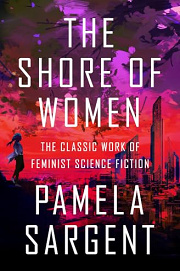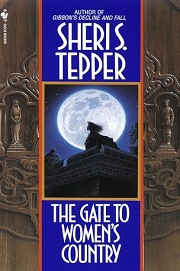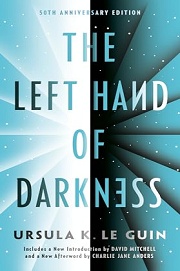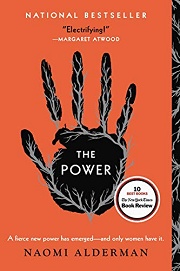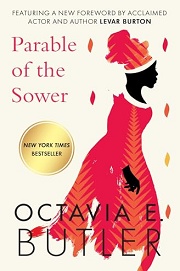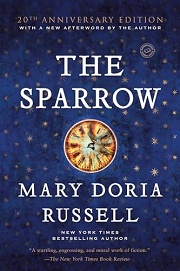Share your thoughts in a quick Shelf Talk!
The Shore of Women by Pamela Sargent
In a far future reshaped by catastrophe, women rule a world of walled cities while men survive in the wilds beyond. When a forbidden bond forms across that divide, both societies feel the tremor. The Shore of Women is a provocative, tender exploration of power, faith, and the risks of connection.
Have you read this book? Share what you liked (or didn’t), and we’ll use your answers to recommend your next favorite read!
Love The Shore of Women but not sure what to read next?
These picks are popular with readers who enjoyed this book. Complete a quick Shelf Talk to get recommendations made just for you! Warning: possible spoilers for The Shore of Women below.
In The Shore of Women, did you enjoy ...
... the anthropological, gender-focused worldbuilding of a matriarchal post-apocalypse?
The Gate to Women's Country by Sheri S. Tepper
If what drew you in was how the city-dwelling women in The Shore of Women engineer society—using the image of a goddess to keep Arvil’s tribe in line while exiling Birana—then Tepper’s The Gate to Women’s Country will hit the same notes. It’s another rigorously imagined matriarchy after collapse, where women’s cities and men’s garrisons coexist under carefully managed rules. Like Birana’s questioning of the rites she was raised with, Stavia gradually uncovers the social architecture and moral compromises behind her community’s peace. The intrigue isn’t about gadgets—it’s about culture, secrecy, and the costs of a designed future.
... a slow-building bond between cultural opposites that reshapes both characters?
The Left Hand Of Darkness by Ursula K. Le Guin
If you were moved by Birana and Arvil’s fragile alliance—born from exile, need, and the risk of crossing a forbidden divide—Le Guin’s The Left Hand of Darkness offers a similarly profound relationship. As Genly Ai and Estraven trek across the ice, their wary cooperation deepens into trust and a redefinition of self, much like how Birana and Arvil’s partnership grows beyond the binaries enforced by the goddess-ruled cities and the wandering male bands. It’s about learning the other’s language—cultural and emotional—until survival becomes shared purpose.
... a gendered power-flip dystopia that interrogates domination and control?
The Power by Naomi Alderman
If the grim fascination for you was watching how the women’s cities in The Shore of Women maintain dominance—projecting a divine Mother to keep men fearful and separate—then The Power will grip you. When girls worldwide develop the ability to deliver electrical shocks, social orders invert and new hierarchies arise. As with the priestesses who orchestrate men’s beliefs from behind the goddess’s veil, Alderman shows how quickly liberation can harden into systems of control, forcing characters to navigate complicity and resistance.
... how belief systems are born and wielded in a broken world?
The Parable of the Sower by Octavia E. Butler
If the ritual and theology of The Shore of Women—the Mother cult, the carefully staged "miracles" used to steer Arvil’s clan, and Birana’s crisis of faith after exile—hooked you, Butler’s Parable of the Sower will resonate. Lauren Olamina crafts Earthseed while surviving a collapsing America, testing how belief can be both a survival tool and a responsibility. Where the goddess in Sargent’s world is a lever of social control, Earthseed is a living philosophy forged on the road, raising the same tough questions about faith, agency, and community-making.
... intimate, searching character studies under extreme moral pressure?
The Sparrow by Mary Doria Russell
If you were absorbed by the inner lives in The Shore of Women—Birana weighing loyalty to her city against compassion for Arvil, Arvil struggling with shame and awe under the goddess’s gaze—The Sparrow offers that same psychological intensity. Father Emilio Sandoz’s mission to another world unravels into trauma, guilt, and hard-won understanding, much like how Sargent’s protagonists are remade by choices that pit love, belief, and survival against one another. It’s harrowing, humane, and deeply introspective.
Unlock your personalized book recommendations! Just take a quick Shelf Talk for The Shore of Women by Pamela Sargent. It’s only a few questions and takes less than a minute.
